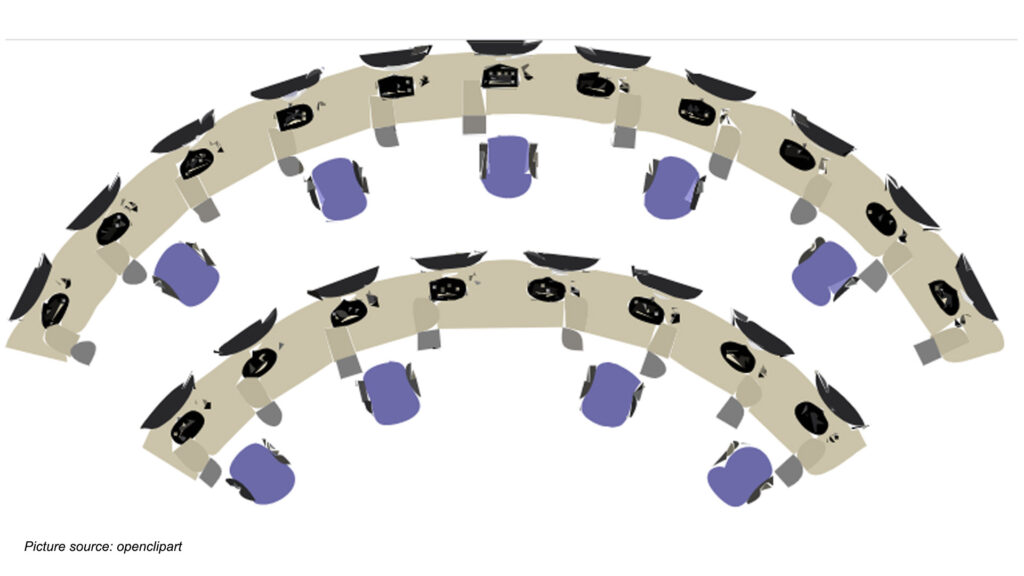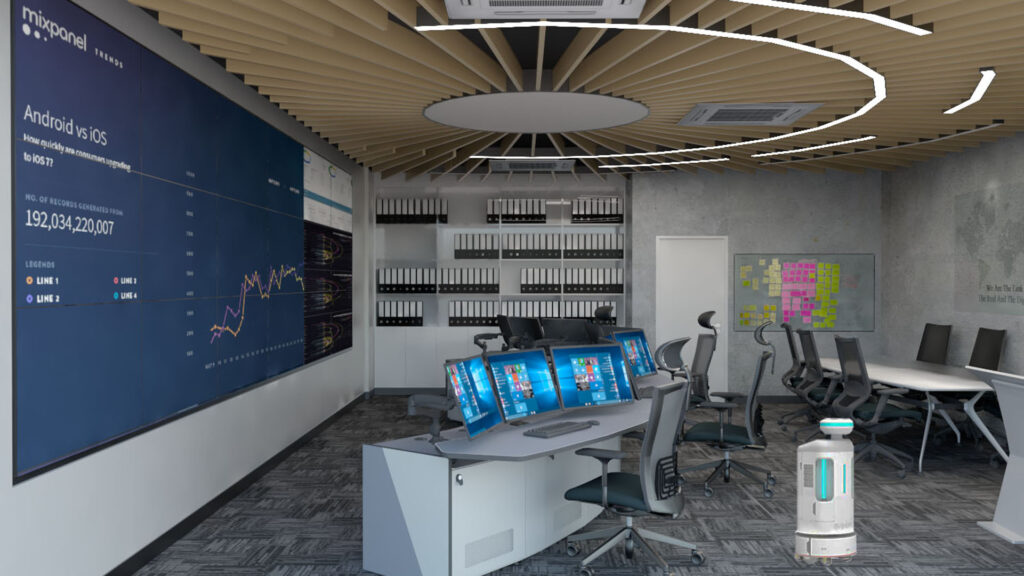The New Norm In The Control Room During Covid-19 Pandemic
The year 2020 and 2021 taught us many things, one of which was the importance of control rooms. Control rooms often became the central intelligence hubs for government services, transportation services, and many other critical operations. The pandemic has compelled society and businesses to evolve and adapt flexible working in many ways that few could have imagined possible before. The control room is no exception. It all starts with the most significant asset, the control room operators.

As the hub of large operations, the control room cannot be at risk of a threat of shutting down during the pandemic. Control rooms integrate a wide range of complex systems and technologies, and the heart of every control room is how the operator performs in a high-pressure environment. The control room needs to operate 24 hours and the operators are highly specialised workers, it is hard to replace when they fall ill. The control room has to be designed error-tolerant and safe for the safety and well-being of the operators as per the guiding principles prerogative. It is crucial to maximize the safety and efficiency in the control room design to ensure the continuity of operations. Datumstruct CFS envisions these new layers of criteria for a successful design.
Among the solutions we are suggesting are:
1.New entrance and exit configurations

Separating the entry and exit point with no contact security access can reduce the physical contact among the operators. They will be using face recognition to access the control room and other premises to avoid virus transmission. Automated mask on detection and intelligent AI thermal scanner temperature screening at the entrance like iTrace and Thermal Signitizer will be a better solution for post-pandemic reality. It will be helpful to detect the body temperature of the operators and who is having fever even though they are with the mask. It will protect and tighten the safety measures of the control room.
2. Greater isolation for operators, resulting in reconfigured rooms and consoles.

There are a few other factors to consider when it comes to control room console layout design. One of them will be to maintain physical distancing between operators by using plexiglass partitions in which it will not obstruct the line of sight of the operators. In addition, dividing operators into different shifts to ensure none of them overlaps and limiting non-essential personnel from entering the control rooms.
Furthermore, to prioritize the health and safety of the operators, the operators should have their own assigned personal peripheral devices such as mice, keyboards, headsets, and chairs.
3. Redesign HVAC (heating, ventilation, air conditioning) systems and sanitization to optimize operator’s isolation.

In a pandemic or post pandemic world, this is more important than ever. Ventilation system upgrades or improvements can increase the delivery of clean air and dilute potential contaminants. Because the indoor concentration of viral particles is often higher than outdoors, to avoid this kind of situation, consider deploying high-efficiency air sanitization systems to enhance indoor air quality, such as Air Halo. Use patented Plascide® Plasma micro-lightning (99% sanitization) technology to kill airborne pathogens such as viruses and bacteria.
Besides, the UVC & Ultra Dry Fog Disinfection Robot will be an alternative solution to disinfect air and surfaces and keep the control room clean. It will reduce the housekeeping staff from entering and limiting the access at the same time.
4. Redesigning common spaces to limit human contact.

When operators depart from the control room for other functions or needs, it is critical to consider bringing those services closer together, such as break areas and restrooms. Keeping them inside the control room will prevent them from interacting with one another. Similarly, installing audio and video conferencing areas within the control room will have the same effect. It prevents non-essential personnel and outside staff from entering the control rooms.
5. Minimise to a single keyboard and mouse.

Even before the pandemic prompted a closer look at what may be excessive and pose a risk, many control rooms had adopted the ideology of “less is more.” Limiting operators to a single keyboard and mouse not only declutters the work surface and makes it much easier to keep clean, but it can also significantly improve productivity and efficiency due to fewer touchpoints.
The optimal control room design process begins and ends with a thorough understanding of the needs of operators, interaction with the integrated system, and the unique workflow demands of their operating environment. Datumstruct CFS is ready to face the challenges inherent in this new reality. You can trust us to deliver the type of creative, robust, effective solutions that have made us the leader in the industry.
PRODUCT
FEATURED CASES
WHAT’S NEW
- Redecon Consoles vs Office Furniture
- What Is the Difference Between an Air Purifier and Air Sanitizer?
- The New Norm In The Control Room During Covid-19 Pandemic
- MIRI Global Certified That Air Halo Portable Air Sanitizer Can Eliminate 99% of Covid-19 Virus
- We're Upgrading!
- REDECON Consoles Featured in Pengerang Integrated Complex (PIC)
©2021 Datumstruct CFS | All Rights Reserved

